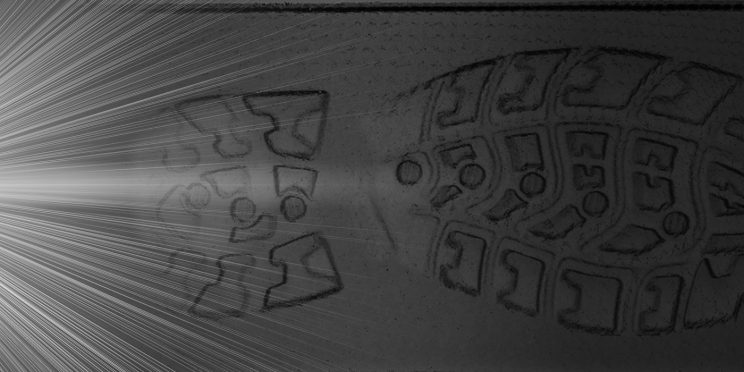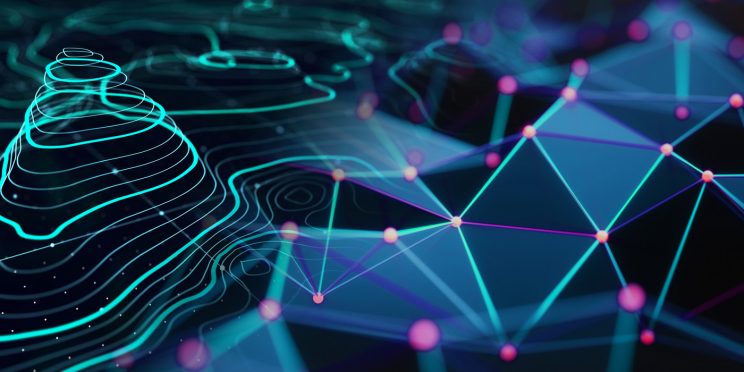Overview
This presentation discusses reducing erroneous exclusions in latent fingerprints. The exclusion decision is a fairly recent change in latent print comparisons, and the discipline is still struggling with how to handle exclusions. Erroneous exclusions are being discovered with surprising frequency in latent print units around the country. Many labs have begun to verify their exclusion decisions, and this has resulted in errors finally being noticed. Recent research into the decisions of latent print examiners shows that erroneous exclusions are common and inevitable.
This offering reviews the policy changes that Arizona DPS has implemented in their latent print unit to reduce erroneous exclusions. Examples of erroneous exclusions from casework are presented along with information on circumstances that might make an erroneous exclusion more likely. Comparison exercises will demonstrate a practical approach to exclusion decisions.
A certificate of completion is available for all who register and attend this webinar.
Presenters
- Eric Ray
- Penny Dechant
Funding for this Forensic Technology Center of Excellence webinar has been provided by the National Institute of Justice, Office of Justice Programs, U.S. Department of Justice.
The opinions, findings, and conclusions or recommendations expressed in this webinar are those of the presenter(s) and do not necessarily reflect those of the U.S. Department of Justice.
Contact us at ForensicCOE@rti.org with any questions and subscribe to our newsletter for notifications.




